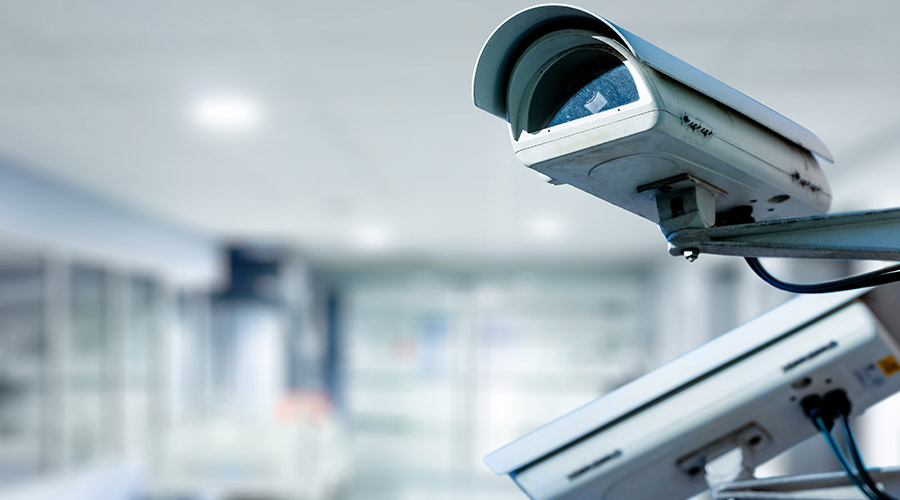Prisoners or suspects can be occupants of healthcare facilities, making it pertinent to secure the facility so they cannot escape, as one did at Zuckerburg San Francisco General Hospital.
A prisoner briefly escaped from a cell at Zuckerberg San Francisco General Hospital on the morning of Tuesday, April 23, according to The San Francisco Standard. The inmate climbed through a ceiling on the seventh-floor jail ward around 9:45 a.m. Deputies quickly detained the prisoner by 10:21 a.m. He was found within the facility and surrendered peacefully. Despite the escape from the cell, the prisoner never escaped custody. The seventh floor of the hospital serves as a holding cell.
When this situation occurs, security solutions like guards and access controls can help restrict the individual’s egress.
Related: Man Had Escaped from Riverside Community Hospital Days Before Murder
Access controls achieve this by denying the individual the ability to use a means of egress, like a door. Once this happens, security staff can be alerted to the room based off the attempted escape. Then, security staff can go to the room or area of interest to address the situation.
In this scenario, that type of door is a controlled egress door, which primarily uses magnetic locks, Thomas Morgan, director of business development for healthcare at ASSA ABLOY Door Security Solutions told Healthcare Facilities Today. These locks can only be unlocked on the egress side by an authorized staff member using a credentialed card, mobile device or badge that triggers the electronic access control card reader for the lock.
Jeff Wardon, Jr. is the assistant editor for the facilities market.

 UF Health Hospitals Rely on Green Globes to Realize Their Full Potential
UF Health Hospitals Rely on Green Globes to Realize Their Full Potential How Healthcare Facilities Can Be Truly Disaster-Resilient
How Healthcare Facilities Can Be Truly Disaster-Resilient TriasMD Breaks Ground on DISC Surgery Center for San Fernando Valley
TriasMD Breaks Ground on DISC Surgery Center for San Fernando Valley Bigfork Valley Hospital Falls Victim to Data Breach
Bigfork Valley Hospital Falls Victim to Data Breach AI-Driven Facilities: Strategic Planning and Cost Management
AI-Driven Facilities: Strategic Planning and Cost Management